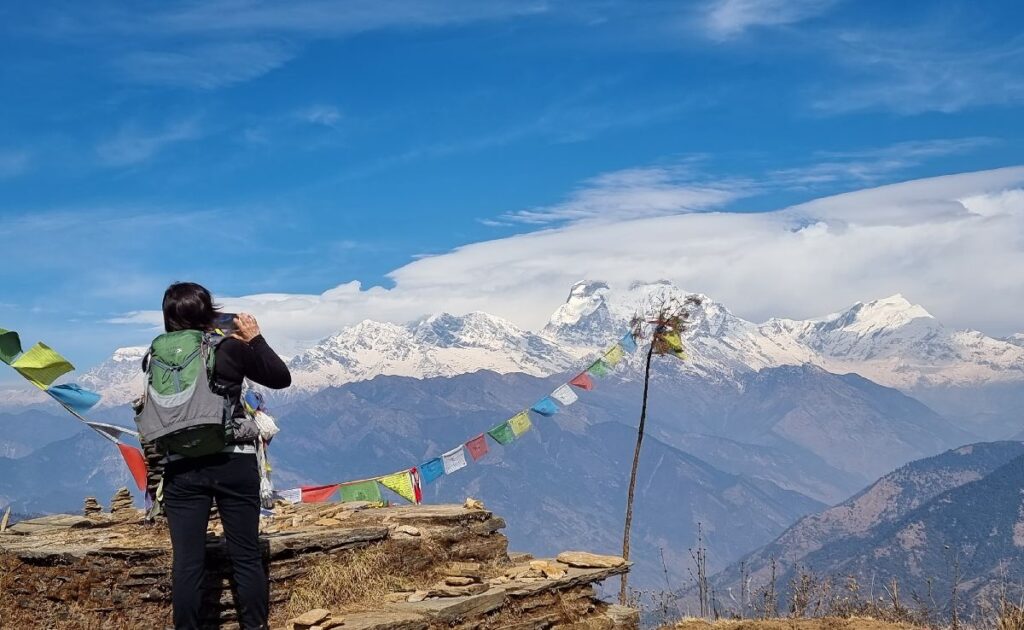
Nepal, the land of majestic mountains and unparalleled adventure, is making headlines again. The government has opened 97 previously restricted peaks for free climbing to promote tourism in its remote western regions. This bold move aims to diversify mountaineering tourism, reduce congestion on Mount Everest, and create income opportunities for local communities.
Why Nepal is Opening New Peaks
For decades, Mount Everest has dominated the mountaineering scene in Nepal, attracting thousands of climbers annually. However, overcrowding, rising costs, and environmental concerns have prompted authorities to shift attention to lesser-known regions.
Benefits of the initiative include:
- Affordable Adventure: Permit fees for 97 peaks are waived for the next two years, making Himalayan mountaineering accessible to more adventurers.
- Economic Upliftment: Tourism in Karnali and Sudurpashchim provinces, which have limited infrastructure, will generate jobs and income for local communities.
- Decongesting Everest: Encouraging climbers to explore alternative peaks will reduce pressure on Everest’s heavily trafficked routes.
Himal Gautam, Director at the Department of Tourism, said:
“The aim is to bring more visitors to remote regions, create jobs, and generate income for local communities. This initiative will also help promote Nepal’s unexplored mountain destinations.”
Details of the Newly Accessible Peaks
- Number of Peaks: 97 (77 in Karnali, 20 in Sudurpashchim)
- Altitude Range: 5,870 meters (19,258 ft) – 7,132 meters (23,399 ft)
- Notable Peaks: Saipal (7,030 m), Api (7,132 m), Api West (7,076 m)
Many of these peaks remain “virgin,” awaiting their first climbers, offering a unique opportunity to explore untouched Himalayan landscapes.
New Rules for Mount Everest Climbers
Alongside opening new peaks, Nepal is introducing stricter regulations for Everest aspirants:
- Climbers must first scale at least one 7,000-meter peak within Nepal.
- Everest permit fees will increase from USD 11,000 to USD 15,000 per person, effective September 1, 2025.
- These measures aim to ensure climbers are experienced and to maintain safety and environmental standards.
(Outside Online, Travel and Tour World)
Challenges and Considerations
While this initiative is a game-changer, climbers should be aware of the following:
- Remote Access: Sudurpashchim is 535 km from Kathmandu, Karnali 400 km; both require flights and challenging road travel.
- Limited Amenities: Basic accommodation and services; climbers must prepare adequately.
- Environmental Responsibility: Increased tourism may impact fragile ecosystems. Authorities are implementing safety and sustainability guidelines.
Why You Should Consider These Peaks
- Discover untouched regions of Nepal away from the Everest crowd.
- Experience authentic Himalayan adventure with fewer climbers on the trails.
- Contribute to local communities and sustainable tourism.
Whether you are a seasoned climber or an aspiring adventurer, these newly opened peaks provide an affordable, challenging, and rewarding experience in the Himalayas.
Plan Your Adventure with Himalayan Circuit
Himalayan Circuit can help craft custom itineraries, obtain permits, and arrange local guides for these new peaks. Explore Nepal beyond Everest and experience the hidden gems of the western Himalayas.
Email: connect@himalayancircuit.com
WhatsApp / Cell: +977 9851121494
References:
- CNN Travel: Nepal opens 97 mountains for free climbing
- News18: Nepal opens untouched peaks for tourists
- BBC: Nepal opens 97 peaks for free climbing
- Travel + Leisure Asia: Nepal opens 97 remote peaks
- Outside Online: Everest & 97 Peaks
- Travel and Tour World: Free access to 97 peaks
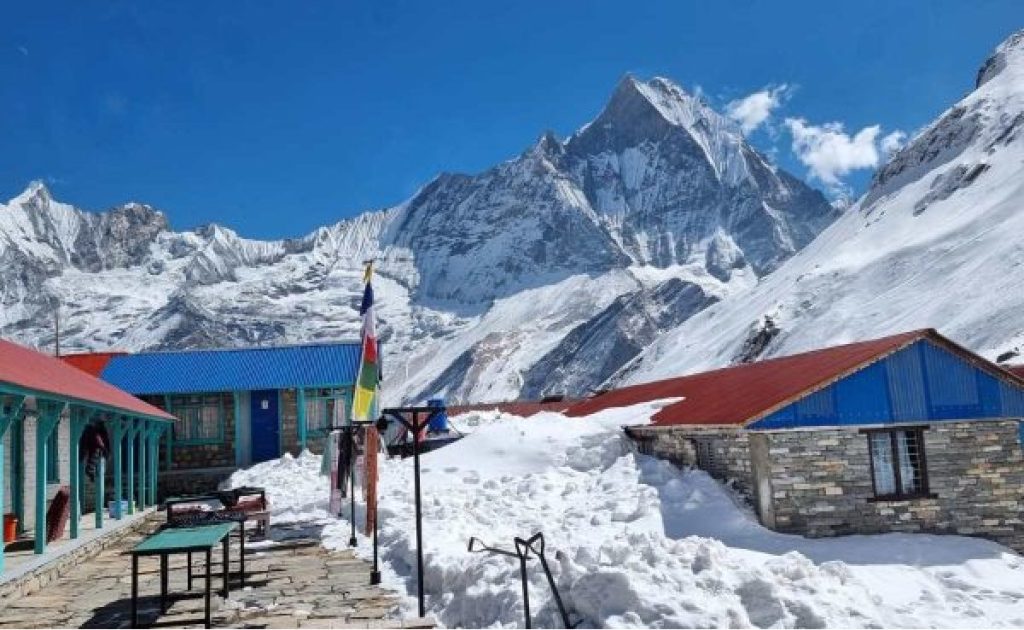
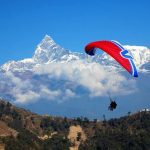
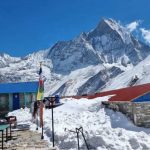
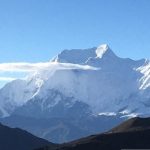
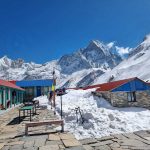

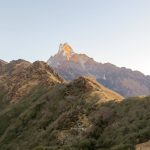
No Comments yet!